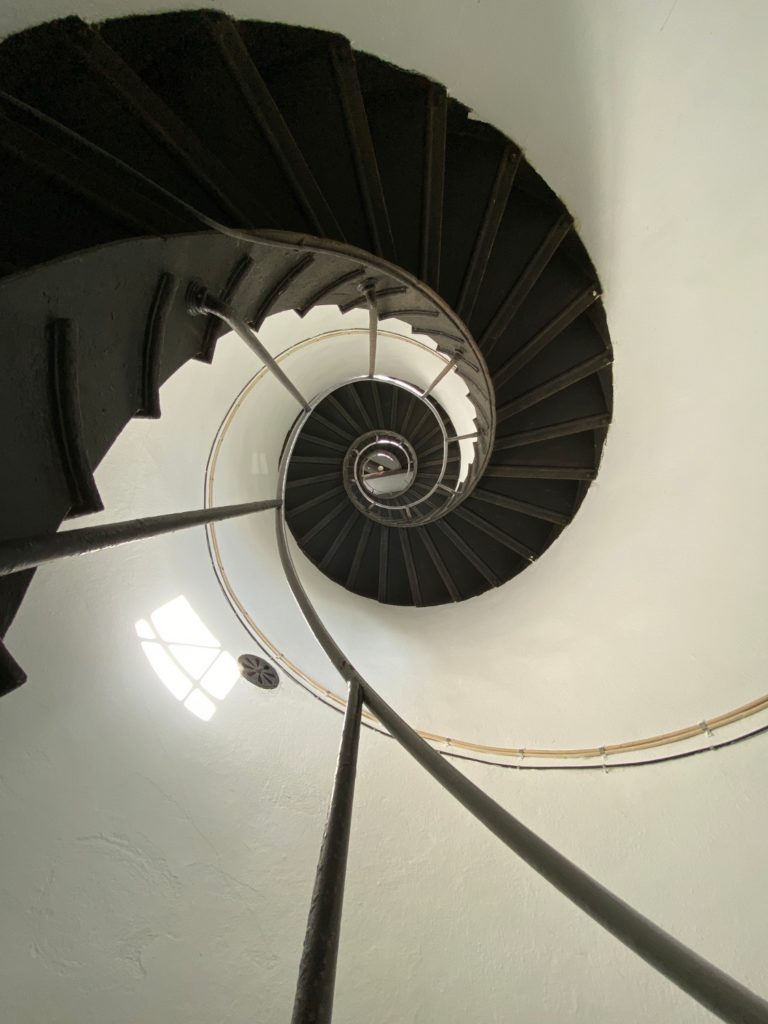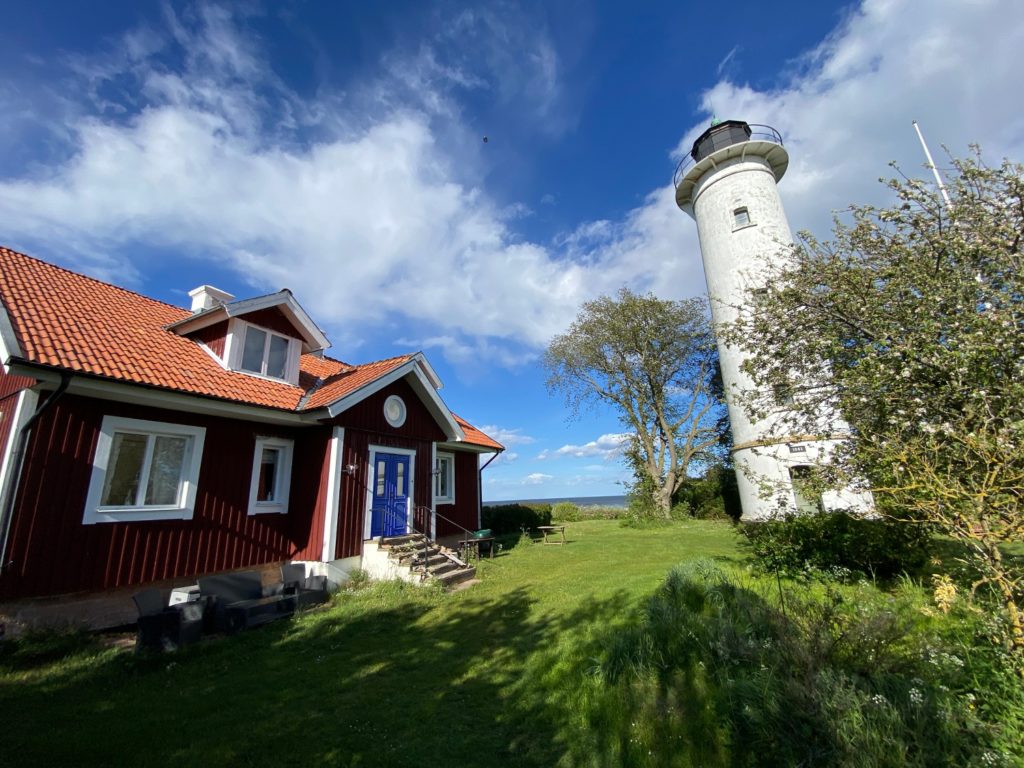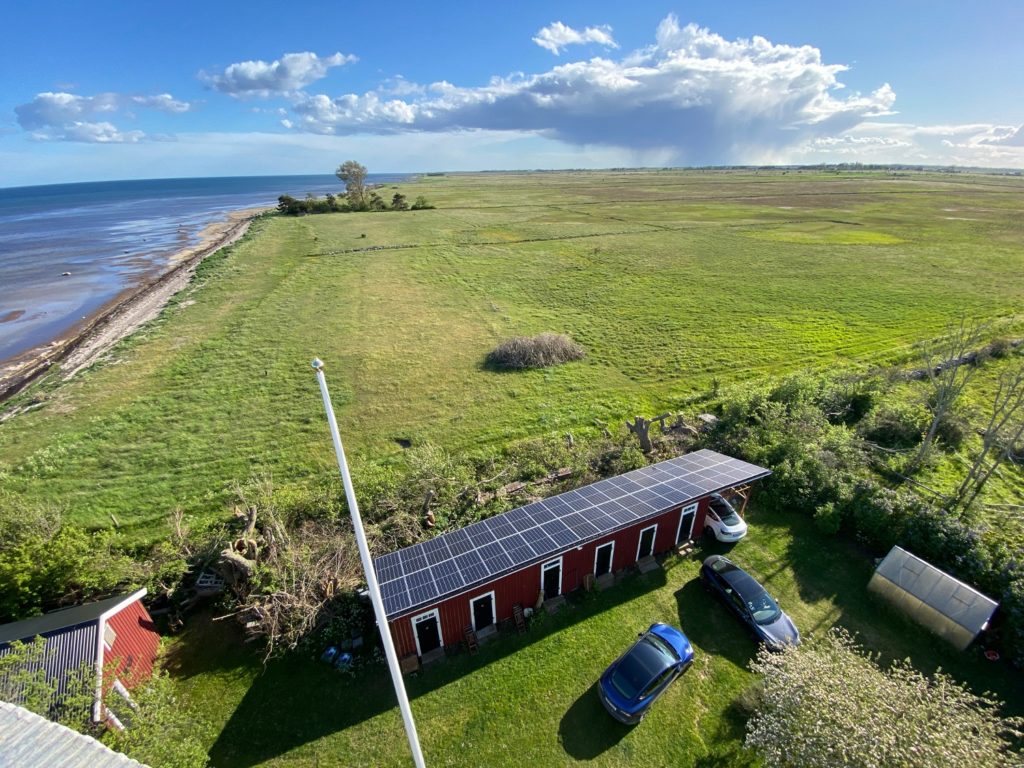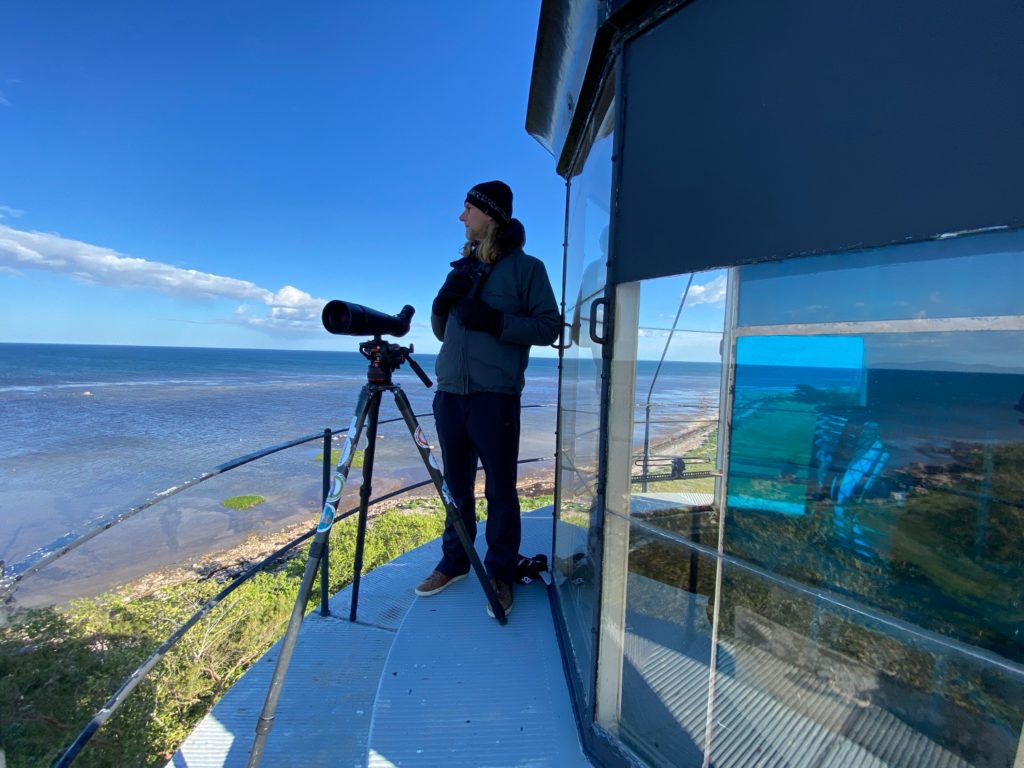Christian Cederroth, biologist and geoscientist at heart, runs the Segerstads Fyr lighthouse guesthouse in the bird paradise of Öland and is also a licensed birding tour guide.
We visited him recently and were curious to see how he liked the SFL binoculars:
ZEISS: Christian, what does ZEISS mean to you?
Christian Cederroth: Oh … stable top quality in a black package since the seventies for me personally.
ZEISS: What are your thoughts on the new SFLs?
Christian Cederroth: For an active birder, your pair of bin’s are not just a piece of equipment, they’re more like a garment or even like a part of your body. A part you don’t want to be hurt by at the end of the day. Zeiss has now managed to cut a groundbreaking amount of weight and size, and added a superbly crisp image.
ZEISS: What has been your favorite product so far and why?
Christian Cederroth: The latest 8×32 SF for field of view, weight and smoothness of focusing. And of course the Harpia for extreme field of view. And … the DTI ”Heat Bin’s” for finding birds in bushes and at night. — Oh, can I name only one product you said?
ZEISS: What makes Segerstads Fyr and Öland so special?
Christian Cederroth: It’s a magnet for birds aiming for the lighthouse and its garden, having crossed the Baltic Sea at night; there are no other trees around! Also the breeding waders around the garden and the massive autumn seabird migration; this place is situated on something of a small point where you can see the one million or so seabirds pass closer than anywhere else. All in all, I’ve seen more than 300 species from the garden!



ZEISS: Tell us more about your sustainability actions and what you do in Segerstad.
Christian Cederroth: I have been awarded ”Nature’s’ Best” as a green and sustainable bird tour operator around my bird watchers’ guesthouse. More than enough solar panels allows guests to charge their cars in the ”greenest possible way”.
ZEISS: Öland is a hotspot for waders and shorebirds in general. What is your advice for visitors and which is your favorite wader species?
Christian Cederroth: You can either come for all the breeding species in spring, when Black-tailed Godwits, redshanks etc. display above your head, or come in July/August for summer plumaged arctic waders, or August/September for the juveniles. They’ll be one the beach, just by the furniture and barbecue!
Egyptian Plover from Africa I think might be the most stylish wader, followed by ”DSP” of course, Diademed Sandpiper-Plover from The Andes.

ZEISS: We are supporting conservation actions of BirdLife International to save Nordmann’s / Spotted Greenshank. Did you have any encounters with this bird so far and what are your thoughts about it in your role as member of the Rarities Committee in Sweden?
Christian Cederroth: I was happy to see it in Thailand in the nineties only. I spent 15 years in the Rarities Committee but that was some time ago. Nothing on Nordmann’s there, but I recall that the Finnish Rarities Committee had problems with one reporter claiming to have seen it in Finland not just once, not even twice but three times, ha ha!